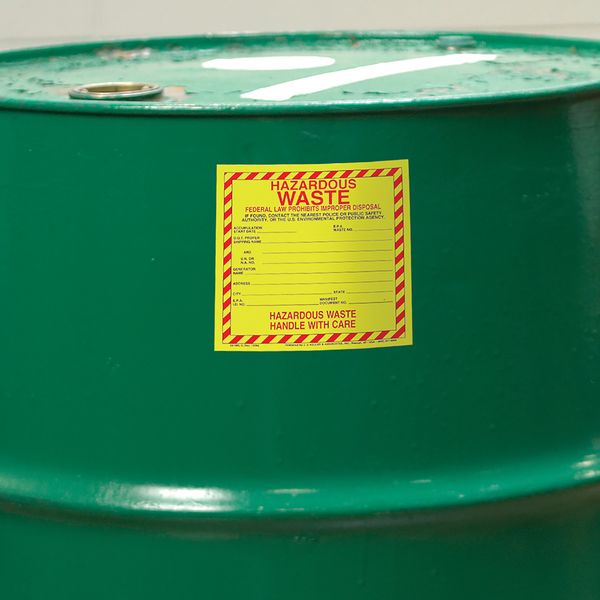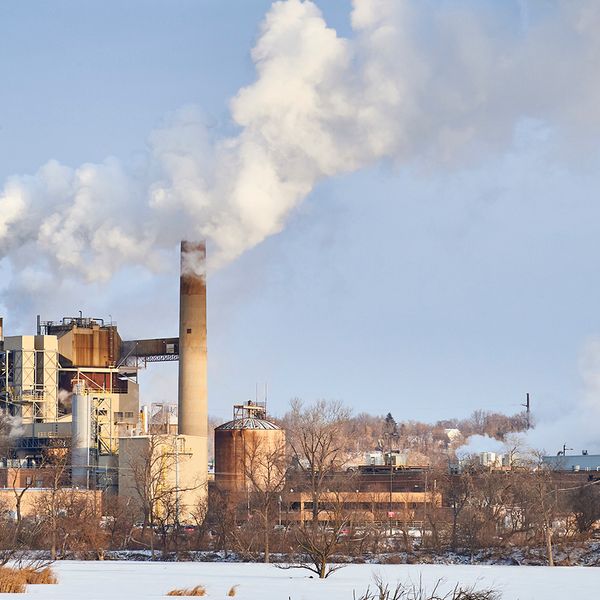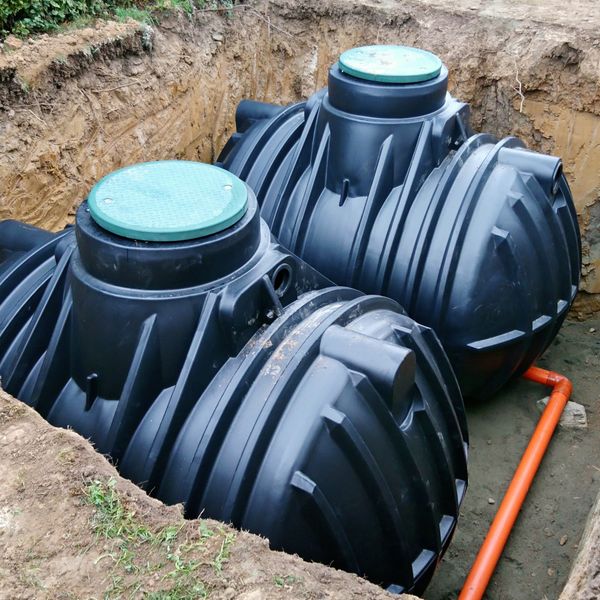Enforcement Focus
A look at where regulators are focusing their enforcement efforts
Enforcement action and monetary penalties are unfortunately common in environmental programs and prove costly to companies. Beyond the penalty assessed, companies often spend even more improving processes to prevent recurrence. This section shares some of the headlines and presents take-away lessons. What happened and how do you avoid the same situation?
Air
Washington Department of Ecology issued a penalty to a pulp and paper mill in the state for air emissions released from the facility’s wastewater treatment plant. As the result of wastewater treatment plant upset conditions, the mill failed to meet emission reduction requirements for a seven-week period in 2020. The mill calculated an additional 7 tons of methanol and other types of hazardous air pollution were emitted from the operation during this period. In addition to the monetary penalty, the mill has been required to increase monitoring as a long-term preventative measure.
Enforcement action: $28,500 civil penalty
Lesson learned: A process upset in one part of an operation can have effects on related, but separate areas. Identifying and planning for these indirect impacts can reduce risk of noncompliance.
Hazardous waste
California’s Department of Toxic Substances Control (DTSC) reached a settlement with an electronic recycling facility in the state for hazardous and universal waste violations. Found during an inspection, DTSC identified multiple problems within the company’s waste management program. Violations included:
- Shredding of mercury-containing devices without a permit;
- Administrative issues including the lack of training, manifest deficiencies, improper emergency response procedures, and inadequate financial assurance;
- Storing of universal and hazardous wastes outside of designated areas and in excessive amounts; and
- Missing and inadequate labeling.
Enforcement action: $310,000 civil penalty
Lessons learned: Because of the serious health risks, mercury containing wastes require handling and disposal beyond those of other electronic wastes.
DTSC has taken a number of similar actions with other facilities in the state and appears to be making an extra push to hold sources accountable for potential and actual releases of toxic substances.
Water quality
The State of Illinois has entered settlement with a trucking distribution center related to an oil release that occurred in 2018. In 2018, the terminal released approximately 4,000 gallons of diesel fuel, from a leaking storage tank. The fuel entered the site drainage system, making its way to the nearby 4-acre pond, that then flows out into a local creek. The leak was not reported by the trucking terminal, escalating the severity of the incident. However, since the initial release the company has participated in cleanup plans and actions.
Enforcement action: $25,000 civil penalty
Lesson learned: Maintaining secondary containment, inspection programs, and level monitoring equipment are all best practices that can reduce risks of releases and associated costs.
Chemical reporting
U.S. EPA Region 5 announced settlement with a specialty chemical distributor for violations of the chemical data reporting (CDR) section of the federal Toxic Substances Control Act. The company failed to accurately report 18 chemicals that had been imported during the 2012 to 2015 compliance period. Chemicals distributed by the company are sold to a variety of manufacturing industries, that in turn use the substances in formulation of rubber, plastics, adhesives, sealants, and coatings.
Enforcement action: $357,000 civil penalty
Lesson learned: CDR reporting is an important source of data for EPA and something it takes seriously. Even though intermittent, these reports must be accurate and timely.


















































